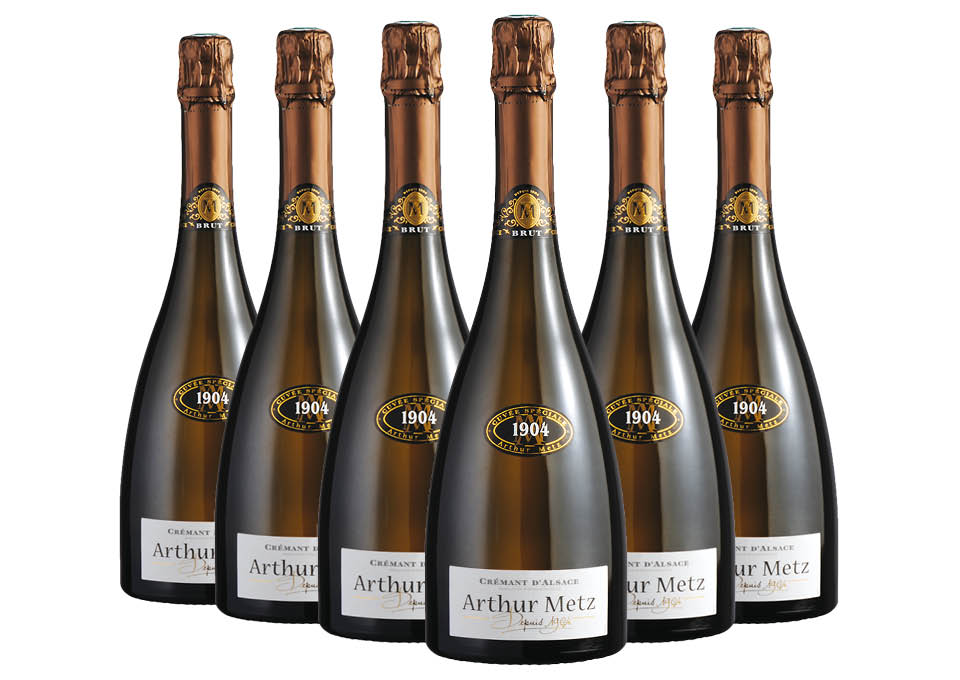Pinot Blanc, Alsace
From a genetic point of view, DNA analyzes confirmed that pinot blanc, pinot noir and pinot gris are not three different grape varieties, but three different clones of the same variety. The presence of biotypes that have differentiated over time as a result of spontaneous mutations is not surprising, since pinot is one of the oldest grape varieties ever. In fact, it is probably a grape that was domesticated in ancient times in the central-eastern area of France and which still today has its cradle of choice in Burgundy.
Pinot Blanc in Italy is grown almost exclusively in the Triveneto, particularly in Alto Adige, where it finds the perfect habitat at altitudes that vary, depending on the exposure, between 500 and 800 meters.
It produces delicate wines, of great expressive finesse, with pleasant notes of white fruit. The sip is harmonious and of great balance. It is a white ductile in combinations and of great longevity.
Alsace is a wine-growing region located in the north-eastern part of France, between the Vosges mountains and the border with Germany, marked by the Rhine river. The presence of the Vosges mountain range contributes decisively to defining the climatic characteristics, protecting the area from the winds coming from the west and reducing the rainy phenomena. Alsace differs from the other areas of France for a ubiquitous German culture that comes to dictate the architectural styles and even influence the production of wine itself. It is therefore not surprising that mostly white wines are produced with grape varieties such as Riesling or Gewürztraminer in the center.
Here, the Pinot Grigio, which in other French regions is relegated to blending varieties, takes on a noble and important connotation. There is also a share of sweet wines that differ in sugar residue and of which the highest quality is emphasized through the mentions Vendanges Tardives and Selection de Grains Nobles.




